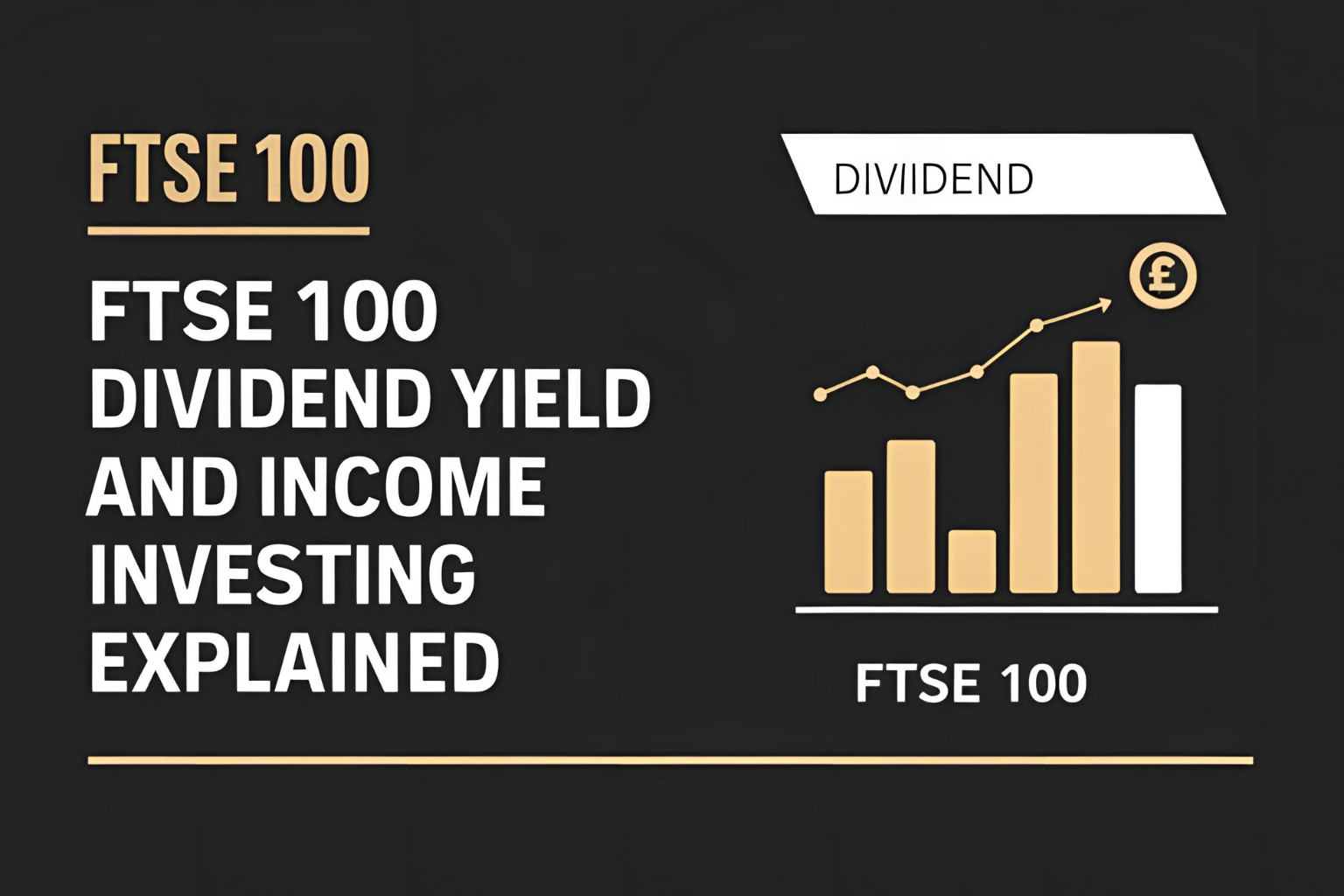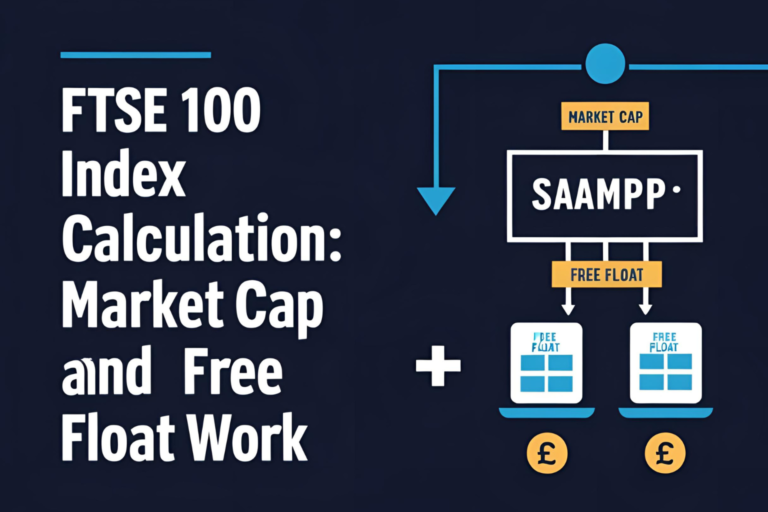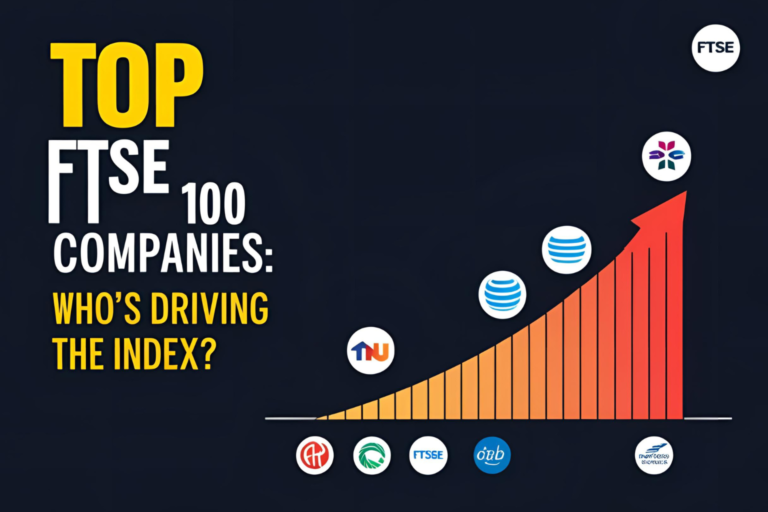FTSE 100 Dividend Yield and Income Investing Explained
Introduction:
One of the standout features of the FTSE 100 Index is its reputation for high dividend payouts. For income-focused investors, this makes it a prime target. In this post, we’ll explain what the FTSE 100 dividend yield is, how it’s calculated, and how to use it to generate steady income through investing.
What Is Dividend Yield?
Dividend yield is a financial ratio that shows how much a company pays out in dividends each year relative to its stock price. It’s calculated as:
Dividend Yield = (Annual Dividend / Share Price) × 100
For example, if a stock trades at £10 and pays £0.50 in annual dividends, the yield is 5%.
FTSE 100’s Dividend Yield Profile
The FTSE 100 is known for offering a higher-than-average dividend yield, often ranging between 3% and 5%. This is largely because:
- It includes mature, cash-rich companies.
- Firms like BP, Shell, British American Tobacco, and HSBC regularly pay dividends.
Why Dividends Matter for Investors
- Steady income: Helpful for retirees or passive income seekers.
- Total return: Dividends can boost long-term returns when reinvested.
- Lower volatility: Dividend-paying stocks often experience less price swing.
In volatile markets, dividends can provide a cushion even when prices decline.
Top Dividend-Paying FTSE 100 Stocks (As of 2025)
These companies historically offer strong, reliable yields:
- British American Tobacco – ~8%
- Shell – ~6%
- Imperial Brands – ~7%
- Legal & General Group – ~7%
- BP – ~5.5%
Note: Dividend yields change with share price and earnings.
How to Invest in FTSE 100 for Income
- Dividend-Focused ETFs
- Look for funds like:
- iShares UK Dividend UCITS ETF (IUKD)
- Vanguard FTSE UK Equity Income Index Fund
- Look for funds like:
- Individual Stock Selection
- Build a portfolio of high-yield FTSE 100 companies.
- Monitor payout ratio and dividend history.
- Dividend Reinvestment
- Opt for accumulation shares to automatically reinvest dividends for compound growth.
- Tax-Free Accounts (UK)
- Use a Stocks and Shares ISA to shield dividend income from taxes.
Risks of Chasing Yield
- Dividend cuts during downturns (e.g., COVID-19 saw many UK firms suspend payments).
- High yields can sometimes signal financial trouble.
- It’s important to look at a company’s dividend cover (earnings vs dividend payout).
Conclusion
The FTSE 100 dividend yield makes the index an attractive option for income investors. With its lineup of high-dividend blue chips, it offers opportunities for both passive income and long-term growth. Just remember to diversify and monitor dividend sustainability.
FAQs
1. What is the average dividend yield of the FTSE 100?
It typically ranges from 3% to 5%, depending on market conditions and company earnings.
2. Are FTSE 100 dividends paid monthly or quarterly?
Most UK companies pay semi-annually or quarterly, depending on the firm.
3. Can I reinvest FTSE 100 dividends?
Yes. Choose accumulation share classes or enable dividend reinvestment plans.
4. Is dividend income taxable in the UK?
Yes, but you can reduce taxes by using ISAs or staying within the dividend allowance.
5. Are high-yield stocks always better?
Not always. High yields may indicate risk. Focus on sustainable dividends and strong fundamentals.





